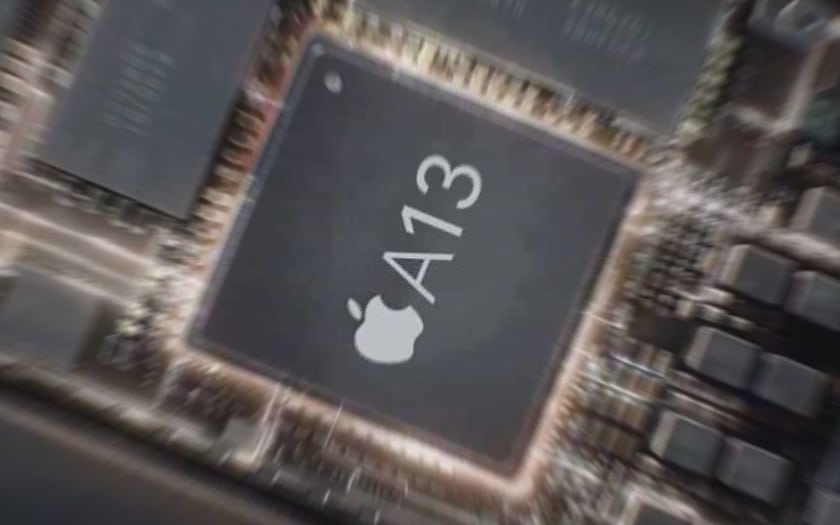The iPhone 11 will benefit as has become customary of a new SoC, which should unsurprisingly be called (at least in part) A13. This chip will be engraved like its predecessor by TSMC in 7nm, but via a new engraving process, called N7 Pro, more advanced than the N7 + / EUV process that HiSilicon is about to use on its Kirin 985. The idea is to be able to create even smaller and more accurate components while maintaining the smoothness of 7nm engraving. Apple could maintain a technological edge over its Android competitors in 2019 - at least in terms of SoC.

For several years, the Apple + TSMC couple has established itself as one of the best founders in the industry thanks to SoC, or Systems on a chip that deliver high-performance raw and graphical computing performance, while by integrating security features, such as the secure enclave that protects sensitive data such as your fingerprints or other biometric data. It is also the SoC that integrates the neural processing of certain tasks - via a dedicated NPU, or a DSP also used for image processing, depending on the manufacturer. For several generations, the Apple Axx SoCs have been able to place themselves at the top of the benchmark ranking. So today, an Axx chip that has lagged behind a Snapadragon, for example, often means comparable AnTuTu and Geekbench scores.
The iPhone 2019 would use a SoC more advanced than the Android competition
This is not due to chance: Apple is rapidly adopting the new engraving processes - and more generally the die manufacturing processes in the one that has emerged over time as a partner, TSMC. Apple seems to be less concerned about the costs involved than its competitors. With the possible exception of Huawei and HiSilicon which operates for several generations a powerful breakthrough in benchmarks. HiSilicon was the first to unveil, besides a SoC engraved in 7nm - the Kirin 980. And it is the manufacturer of the P30 Pro who will be the first this year to adopt the new process TSMC EUV said N7 +. EUV stands for "extreme ultraviolet lithography" and thus improves the accuracy of the details of the elements engraved on the wafers. The production of the first chips using this technology - Kirin 985, therefore - should begin this quarter.
But according to 9to5Mac, Apple should start shortly after the production of its chips A13 ... with an improved N7 process, called N7 Pro. For the time being, it is still necessary to take this information with the hindsight of rigor, especially since all the details are not known around this method of engraving 7nm. We just know, according to 9to5mac's report, that this is an "improved" engraving process compared to the N7 + used by Huawei. And that Apple will be the first firm to use such chips in 2019. The production would be ready for the second quarter of the year, just in time for the iPhone 11 of 2019. It remains to be seen how far this will allow Apple to keep a performance lead on Android competition.
Even if one remains on a fineness of engraving 7nm, it is indeed possible, by improving the process of engraving, to create even smaller components - making a few tens of atoms of silicon of width. The N7 + process can also burn up to four layers of components on the same die. This allows to touch the finger the importance of these manufacturing processes as we approach the physical limits of silicon etching.





 :)
:) :(
:( hihi
hihi :-)
:-) :D
:D =D
=D :-d
:-d ;(
;( ;-(
;-( @-)
@-) :P
:P :o
:o :>)
:>) (o)
(o) :p
:p :-?
:-? (p)
(p) :-s
:-s (m)
(m) 8-)
8-) :-t
:-t :-b
:-b b-(
b-( :-#
:-# =p~
=p~ $-)
$-) (y)
(y) (f)
(f) x-)
x-) (k)
(k) (h)
(h) cheer
cheer